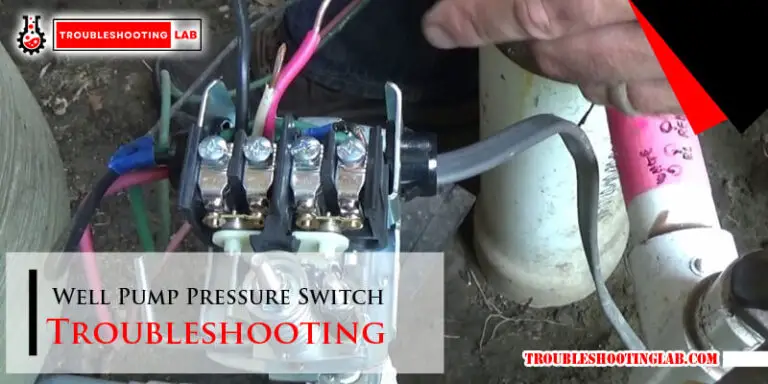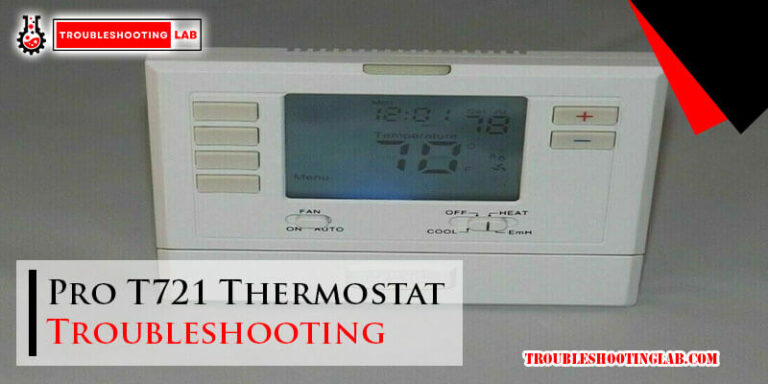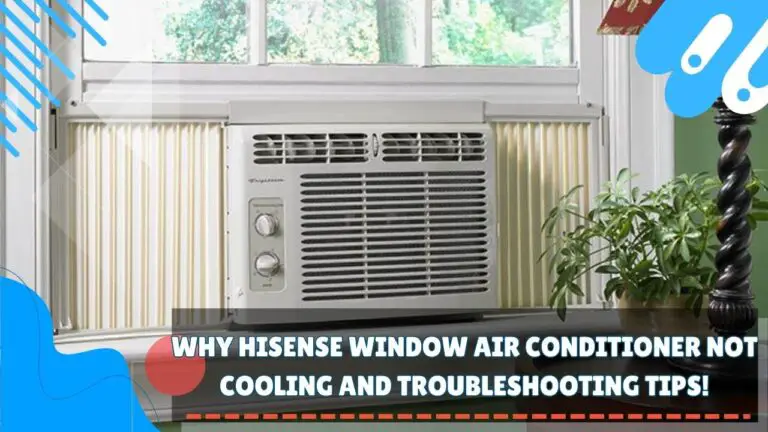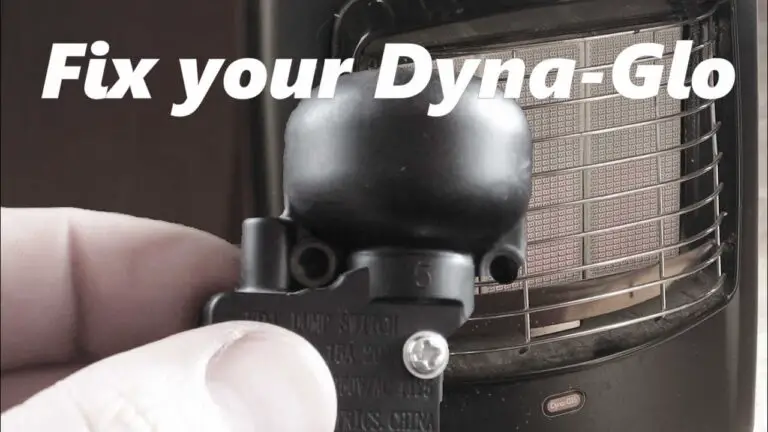Sit Nova 820 Gas Valve Troubleshooting: Quick Fix Guide
Struggling with issues related to your Sit Nova 820 gas valve? You’re not alone.
When your heating system isn’t working as it should, it can be frustrating, inconvenient, and sometimes even stressful. But here’s the good news: most problems with the Sit Nova 820 gas valve can be fixed with the right troubleshooting steps.
In this guide, we’ll walk you through simple, practical solutions to common issues. Whether your gas valve isn’t igniting, maintaining a steady flame, or functioning at all, you’ll find clear answers here. By the time you finish reading, you’ll feel confident tackling the problem and saving yourself unnecessary repair costs. Ready to get your system back on track? Let’s dive in!
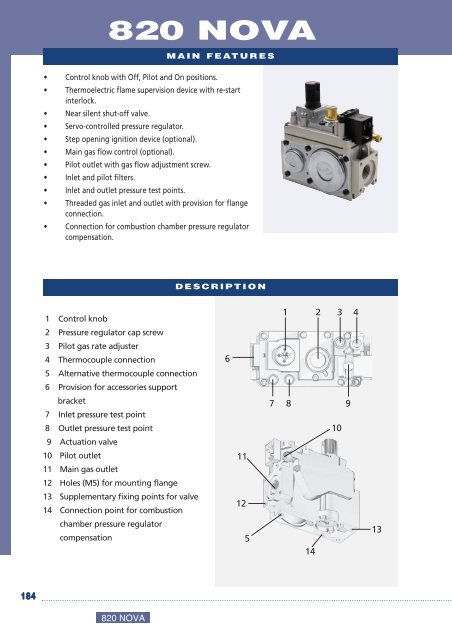
Credit: www.yumpu.com
Common Issues With Sit Nova 820 Gas Valve
The Sit Nova 820 gas valve is a reliable component in many heating systems, but like any mechanical device, it’s not immune to issues. If your heater isn’t working as it should, the gas valve might be the culprit. Let’s break down some common problems you might face and how to address them.
Pilot Light Not Igniting
One of the most frequent issues is the pilot light refusing to ignite. This could be caused by a dirty or clogged pilot orifice, preventing the flame from catching. A quick cleaning with a small brush or compressed air can often fix this.
Another reason could be a weak thermocouple. If the thermocouple isn’t generating enough voltage, the gas valve won’t release gas to the pilot. Consider testing the thermocouple with a multimeter and replacing it if needed.
Ask yourself: Is your gas supply turned on? Sometimes, the simplest things are easy to overlook.
Gas Flow Interruption
Gas flow interruption can stop your heater in its tracks. This might happen if there’s debris in the gas line or the valve’s internal filter. Check the gas line for blockages and clean the filter if necessary.
Another potential issue is low gas pressure. Your system might not be receiving enough gas to function. Contact your gas provider to confirm proper pressure levels or consult a technician for adjustments.
Always ensure all connections are secure and leak-free before testing your system again.
Valve Stuck In Open Or Closed Position
A valve stuck in the open or closed position can disrupt your heating system’s performance. If the valve is stuck closed, no gas will reach the burner, leaving you without heat. In this case, inspect the valve for physical damage or debris that may be causing the issue.
If the valve is stuck open, it poses a safety hazard as gas may continue to flow even when the system is off. This situation requires immediate attention, and you should shut off the gas supply and contact a professional.
Are you regularly servicing your gas valve? Routine maintenance can prevent buildup and keep the valve functioning smoothly.
Addressing these common issues can save you time and money. If you’re ever unsure, don’t hesitate to seek professional help. Your safety should always come first.
Tools Needed For Troubleshooting
When troubleshooting a Sit Nova 820 Gas Valve, having the right tools can make all the difference. Without the proper equipment, you could waste hours guessing and still not solve the issue. A few specific tools will help you diagnose the problem efficiently and safely.
Basic Hand Tools
Start with the basics. A screwdriver set, adjustable wrench, and pliers are essential. These tools help you remove and reassemble the valve components without damaging them. Make sure your screwdriver fits snugly into the screws to avoid stripping them.
Keep a flashlight handy. Gas valves are often tucked away in dimly lit spaces, and proper lighting lets you see what you’re working on. A small mirror can also help you inspect hard-to-reach areas.
Multimeter For Testing
A multimeter is your best friend for electrical troubleshooting. It helps you measure voltage, continuity, and resistance in the valve’s electrical components. This tool is crucial for pinpointing wiring issues or failed connections.
Set your multimeter to the right mode before testing. For example, if you’re checking continuity, ensure the multimeter is set to the continuity mode. A small mistake here can lead to inaccurate readings.
Gas Leak Detector
Safety comes first when working with gas valves. A gas leak detector ensures there’s no dangerous leakage during troubleshooting. Choose a detector that’s easy to use and reliable under different conditions.
If you don’t have a gas detector, a simple soap-and-water solution can help. Apply the solution to the connections and look for bubbles, but remember this is less precise than a dedicated detector. Have you ever caught a leak using this method?
With these tools in your kit, troubleshooting the Sit Nova 820 Gas Valve becomes more manageable. Don’t underestimate the value of preparation—it saves time, effort, and ensures safety.
Safety Precautions To Follow
When troubleshooting the Sit Nova 820 gas valve, prioritizing safety isn’t just important—it’s non-negotiable. A small mistake can lead to serious hazards. By following a few critical safety precautions, you can protect yourself and those around you while diagnosing the issue effectively.
Shutting Off Gas Supply
Before you even think about touching the gas valve, shut off the gas supply completely. Locate the main gas valve—this is often found near your gas meter—and turn it to the “off” position. Double-check to ensure no gas is flowing by sniffing for leaks or using a gas leak detector.
Never assume the supply is off; always confirm. A lingering gas flow can lead to dangerous leaks or even explosions. If you’re unsure how to turn off the gas safely, consult your appliance manual or call a licensed technician.
Proper Ventilation
Gas work requires good air circulation to avoid the buildup of harmful fumes. Always operate in a well-ventilated area, especially if you’re indoors. Open windows and doors to let fresh air in and toxic gases out.
If you smell gas while troubleshooting, step away immediately and ventilate the area further. Avoid using electrical appliances or switches until the gas smell disappears. Safety here isn’t optional—your health depends on it.
Wearing Protective Gear
Don’t forget to protect yourself physically while working on the Sit Nova 820 gas valve. Wear safety gloves to shield your hands from sharp edges and potential burns. Safety goggles are essential to prevent debris or fumes from irritating your eyes.
If you’ll be kneeling near the gas valve for an extended period, consider using knee pads for comfort. A dust mask can also be helpful if you’re working in an area with poor air quality. Small precautions like these make a big difference in ensuring your safety.
Are you confident you’re following these precautions? Taking the time to double-check can prevent accidents and help you troubleshoot the Sit Nova 820 gas valve with peace of mind.
Step-by-step Troubleshooting Guide
Gas valves are the heart of your heating system, and when they stop working, it can feel like an uphill battle to get them running again. The Sit Nova 820 gas valve is a common choice in many appliances, and troubleshooting it doesn’t have to be a daunting task. Let’s walk through a clear, step-by-step guide to help you diagnose and resolve issues, so you can get things running smoothly again.
Inspecting The Pilot Light Assembly
The pilot light assembly is the starting point for most gas valve problems. Check if the pilot light is lit. If it isn’t, you may need to clean the orifice or reignite it.
Use a flashlight to inspect for dirt or debris around the pilot light. Even a tiny blockage can stop it from working. If the flame is weak or flickering, it’s a sign the pilot light assembly might need cleaning or adjustment.
Always ensure the gas supply is on before you proceed further. A common oversight, but worth double-checking.
Testing The Thermocouple
The thermocouple is a small but critical component that senses the heat from the pilot light. A faulty thermocouple may prevent the gas valve from opening. You can test it easily with a multimeter.
Disconnect the thermocouple from the gas valve and set your multimeter to millivolts. Hold the thermocouple tip over a flame and check the reading. If it’s below 25 millivolts, it’s time to replace it.
Don’t have a multimeter? A quick way to check is by feeling the thermocouple’s temperature after the flame heats it—it should be warm. If it’s cold, it’s not working as it should.
Checking For Obstructions In Gas Lines
Gas flow interruptions can cripple your system. Obstructions in the gas lines are often the culprit. Start by turning off the gas supply for safety.
Inspect the lines visually for any visible kinks or blockages. If you suspect a clog, you may need to disassemble parts of the line for cleaning. Use compressed air carefully to clear out debris.
If you’re hesitant about handling gas lines, call a licensed professional. Safety always comes first.
Resetting The Gas Valve
Sometimes, resetting the gas valve can solve the issue. Locate the reset button on the Sit Nova 820 gas valve. Press and hold it for 30 seconds before releasing.
If the system doesn’t reset, turn the valve to the “OFF” position and wait a few minutes. Then, switch it back to the “ON” position and try again.
Still not working? Consider whether the issue might be electrical. Check the connections leading to the gas valve to ensure there are no loose wires.
These steps may seem simple, but they’re often overlooked. Have you tried all of these yet? Troubleshooting your Sit Nova 820 gas valve doesn’t have to be overwhelming. Start with these basics, and you’ll often find the issue is easier to fix than you imagined.
How To Test Electrical Connections
Testing the electrical connections of your Sit Nova 820 gas valve is crucial for ensuring it operates safely and efficiently. Faulty wiring or irregular voltage could lead to system malfunctions, affecting your heating or appliance performance. This guide will walk you through practical steps to check the electrical components of your gas valve.
Verifying Voltage At The Valve
Start by checking if the valve is receiving the correct voltage. Use a multimeter to measure the voltage at the terminals of the gas valve. Set your multimeter to the proper AC or DC voltage setting, depending on your system.
Is the voltage matching the specifications in your user manual? If not, there may be an issue with the power supply or wiring upstream. Double-check your readings to rule out errors caused by incorrect multimeter settings.
Don’t skip this step. An incorrect voltage can prevent the valve from functioning properly, potentially causing safety issues.
Inspecting Wiring For Damage
Damaged or frayed wiring can disrupt the electrical flow to your gas valve. Carefully inspect all wiring connected to the valve for signs of wear, heat damage, or corrosion. Pay attention to connectors, as loose or corroded connections can cause intermittent issues.
If you spot damaged wires, replace them immediately. Use wires with the same gauge and insulation rating to maintain system integrity. Label wires during installation to avoid confusion when reconnecting.
Why wait for a system failure when a quick inspection could save you from costly repairs?
Testing The Control Board
The control board plays a key role in managing the gas valve’s operation. If the voltage and wiring check out, the control board may be the culprit. Test the board by measuring the output voltage it sends to the valve during operation.
If the board isn’t sending the correct signals, consider resetting it or inspecting it for physical damage like burnt components. Some boards may have diagnostic lights that can give you clues about faults.
Replacing the control board should be your last resort, as it’s often one of the more expensive components. Make sure you troubleshoot thoroughly before making that decision.
Have you ever encountered a situation where a simple wiring fix saved you from replacing an expensive part? Checking electrical connections may feel tedious, but it’s one of the most effective ways to ensure your Sit Nova 820 gas valve runs smoothly.
When To Replace The Sit Nova 820 Gas Valve
The Sit Nova 820 gas valve is vital for your heating system. It regulates the gas flow, ensuring safe and efficient operation. Over time, this component may wear out or fail completely. Knowing when to replace it can save you time and prevent larger issues. Below are key signs that indicate it’s time for a replacement.
Signs Of Irreparable Damage
Physical damage to the gas valve is a clear warning. Cracks, corrosion, or burn marks may indicate internal failures. These issues can compromise its ability to function safely. If the valve shows any signs of wear that cannot be repaired, consider replacing it immediately.
Frequent Malfunctions
A gas valve that malfunctions often can disrupt your heating system. Issues like irregular gas flow, failing to ignite, or shutting off unexpectedly are common. If these problems occur repeatedly, repairing the valve may no longer be effective. Replacement ensures consistent and reliable performance.
Difficulty In Maintaining Gas Flow
Inconsistent or weak gas flow is a serious concern. It can cause uneven heating or complete system failure. If adjusting or repairing the valve does not resolve the issue, replacement may be necessary. A properly functioning valve ensures steady and controlled gas delivery.
Tips For Preventing Future Issues
Keeping your Sit Nova 820 gas valve functioning reliably is crucial for the safety and efficiency of your heating system. By taking proactive steps, you can avoid costly repairs and unnecessary downtime. Below are some practical tips to help you prevent future issues and ensure your valve stays in top shape.
Regular Maintenance Checks
Make it a habit to inspect your gas valve and the surrounding components. Check for dirt, debris, or corrosion that may interfere with its operation. A simple visual inspection every few months can catch small problems before they escalate.
Schedule professional maintenance at least once a year. A trained technician can test the valve’s performance, clean delicate parts, and replace worn-out components. This ensures your system runs smoothly during peak heating seasons.
Keep a log of maintenance activities. Write down dates, observations, and any repairs done. This record helps you spot recurring issues and track your valve’s lifespan.
Proper Installation Practices
A poorly installed gas valve is more likely to fail. If you’re replacing or installing the Sit Nova 820, double-check the connections to ensure they’re secure and leak-free. Loose fittings can lead to inefficient operation or even dangerous gas leaks.
Follow the manufacturer’s guidelines carefully during installation. These instructions are designed to optimize the valve’s performance and prevent mishaps. Using incorrect tools or skipping steps can void your warranty.
If you’re not confident about doing it yourself, hire a professional installer. Their expertise can save you time and prevent costly mistakes.
Monitoring For Early Warning Signs
Pay attention to how your heating system behaves. Is the pilot light flickering? Does the burner fail to ignite? These could be early signs of a gas valve issue. Catching these signals early can save you from sudden breakdowns.
Listen for unusual noises. A clicking sound or hissing near the valve might indicate a problem. Don’t ignore these warnings—they’re your system’s way of asking for attention.
Test your system periodically, especially before colder months when you rely on it most. Running a quick test can uncover hidden issues that might cause trouble later.
By staying proactive, you make your home safer and keep repair costs low. What’s one step you can take today to protect your heating system?
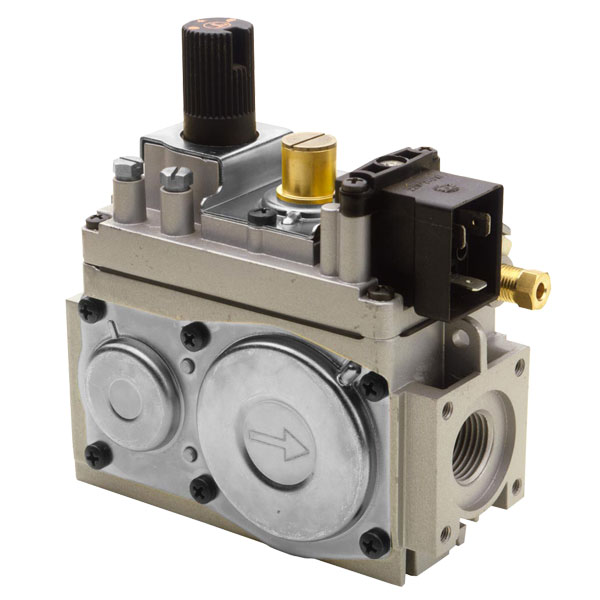
Credit: www.sitgroup.it
Credit: www.sitgroup.it
Conclusion
Troubleshooting the Sit Nova 820 gas valve doesn’t have to feel overwhelming. Start with basic checks like connections and settings. Ensure the valve gets proper power and signals. Always follow safety guidelines during inspections or repairs. If issues persist, consulting a professional is the safest choice.
Regular maintenance can help prevent future problems and ensure smooth operation. A little attention now saves bigger headaches later. Keep your system running efficiently by staying proactive and informed. Your heating system’s reliability depends on it.

